
Blase Thomas Golisano is an American billionaire businessman and philanthropist.
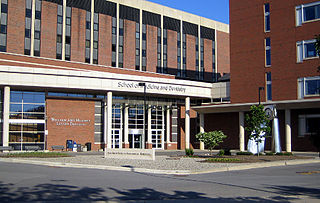
The University of Rochester Medical Center (URMC), now known as UR Medicine, is located in Rochester, New York, is one of the main campuses of the University of Rochester and comprises the university's primary medical education, research and patient care facilities.
The Advisory Committee on Human Radiation Experiments was established in 1994 to investigate questions of the record of the United States government with respect to human radiation experiments. The special committee was created by President Bill Clinton in Executive Order 12891, issued January 15, 1994. Ruth Faden of The Johns Hopkins Berman Institute of Bioethics chaired the committee.
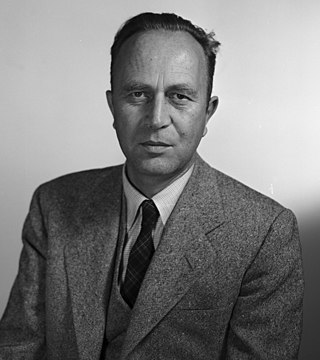
Joseph Gilbert Hamilton was an American professor of Medical Physics, Experimental Medicine, General Medicine, and Experimental Radiology as well as director (1948-1957) of the Crocker Laboratory, part of the Lawrence Berkeley National Laboratory. Hamilton studied the medical effects of exposure to radioactive isotopes, which included the use of unsuspecting human subjects.

Harold Carpenter Hodge (1904–1990) was a well-known toxicologist who published close to 300 papers and five books. He was the first president of the Society of Toxicology in 1960. He received a BS from Illinois Wesleyan University and a PhD in 1930 from the State University of Iowa, publishing his first paper in 1927. He received a number of honors and awards during his career.

Since the discovery of ionizing radiation, a number of human radiation experiments have been performed to understand the effects of ionizing radiation and radioactive contamination on the human body, specifically with the element plutonium.
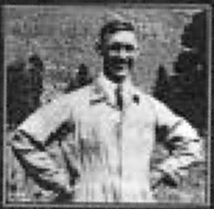
Albert Stevens (1887–1966), also known as patient CAL-1 and most radioactive human ever, was a house painter from Ohio who was subjected to an involuntary human radiation experiment and survived the highest known accumulated radiation dose in any human. On May 14, 1945, he was injected with 131 kBq of plutonium without his knowledge because it was erroneously believed that he had a terminal disease.

The Plutonium Files: America's Secret Medical Experiments in the Cold War is a 1999 book by Eileen Welsome. It is a history of United States government-engineered radiation experiments on unwitting Americans, based on the Pulitzer Prize–winning series Welsome wrote for The Albuquerque Tribune.
Eileen Welsome is an American journalist and author. She received a Pulitzer Prize for National Reporting in 1994 while a reporter for The Albuquerque Tribune for a 3-part story titled "The Plutonium Experiment" published beginning on November 15, 1993. She was awarded the prize for her articles about the government's human radiation experiments conducted on unwilling and unknowing Americans during the Cold War. Welsome also has received a George Polk Award, the Selden Ring Award for Investigative Reporting, an Investigative Reporters and Editors Gold Medal, the Heywood Broun Award, as well as awards from the National Headliners Association and the Associated Press. In 1999, Welsome wrote the book The Plutonium Files: America's Secret Medical Experiments in the Cold War. In 2000, Welsome received the PEN/Martha Albrand Award for First Nonfiction and the PEN Center USA West Award in Research Nonfiction for The Plutonium Files.
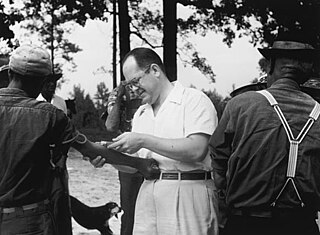
Numerous experiments which are performed on human test subjects in the United States are considered unethical, because they are performed without the knowledge or informed consent of the test subjects. Such tests have been performed throughout American history, but some of them are ongoing. The experiments include the exposure of humans to many chemical and biological weapons, human radiation experiments, injections of toxic and radioactive chemicals, surgical experiments, interrogation and torture experiments, tests which involve mind-altering substances, and a wide variety of other experiments. Many of these tests are performed on children, the sick, and mentally disabled individuals, often under the guise of "medical treatment". In many of the studies, a large portion of the subjects were poor, racial minorities, or prisoners.
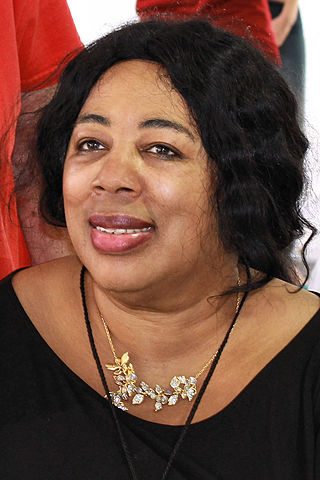
Harriet A. Washington is an American writer and medical ethicist. She is the author of the book Medical Apartheid, which won the 2007 National Book Critics Circle Award for Nonfiction. She has also written books on environmental racism and the erosion of informed consent in medicine.
Ebb Cade was a construction worker at Clinton Engineer Works at Oak Ridge and was the first person subjected to injection with plutonium as an experiment.

Unity Hospital, an affiliate hospital of Rochester Regional Health, is a 471-bed community hospital in Greece, New York. After a four-year renovation in 2014, Unity is now the only Monroe County hospital to feature all private patient rooms and free parking. Unity offers a broad range of specialty centers, including the Golisano Restorative Neurology & Rehabilitation Center; the Charles J. August Joint Replacement Center and the August Family Birth Place. The hospital is also a New York State-designated Stroke Center.
University of Rochester-Golisano Children's Hospital (GCH) formerly Children's Hospital at Strong, is a nationally ranked, freestanding acute care children's hospital in Rochester, New York. It is affiliated with the University of Rochester School of Medicine and Dentistry. The hospital features all private rooms that consist of 168 pediatric beds. The hospital provides comprehensive pediatric specialties and subspecialties to infants, children, teens, and young adults aged 0–21 throughout the region. The hospital also sometimes treats adults that require pediatric care. The hospital shares the rooftop helipad for the attached Strong Memorial Hospital and is an ACS verified level I pediatric trauma center, one of the only ones in the region. The hospital features a regional pediatric intensive-care unit and an American Academy of Pediatrics verified level IV neonatal intensive care unit. GCH also offers one of the country's few Ronald McDonald Houses that is located within a hospital.
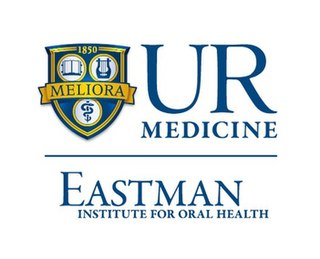
Eastman Institute for Oral Health of University of Rochester is a school of dentistry located at the University of Rochester Medical Center in Rochester, New York, United States. Unlike other dental schools in the United States, it does not have an undergraduate dental program. It is affiliated with Strong Memorial Hospital.

Upstate University Hospital is a 752-bed non-profit, teaching hospital located in Syracuse, New York. Upstate University Hospital is a part of the Upstate Health System, as the flagship hospital in the system. As the hospital is a teaching hospital, it is affiliated with the Norton College of Medicine at State University of New York Upstate Medical University. The hospital is also an American College of Surgeons verified Level 1 Trauma Center, the only in the region and one of 21 in New York. Attached to the hospital is the Upstate Golisano Children's Hospital that treats infants, children, teens, and young adults aged 0–21.
Auburn Community Hospital (ACH) is an acute-care medical facility in Auburn, New York. The hospital hosts a VA community-based outpatient clinic. ACH is the largest employer in Cayuga County.

Donald Francis Mastick was an American chemist who worked at the Manhattan Project's Los Alamos Laboratory. As part of Project Alberta, he was part of the planning and preparation for the atomic bombing of Hiroshima and Nagasaki, for which he was awarded the Bronze Star Medal. He later worked for the Naval Radiological Defense Laboratory and the Atomic Energy Commission. In 1971, he founded his own interior landscape company, Foliage Plant Systems.
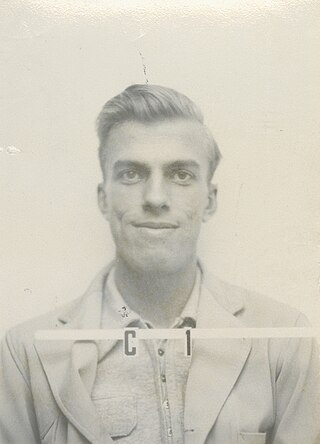
Louis Henry Hempelmann Jr, was an American physician who was the director of the Health Group at the Manhattan Project's Los Alamos Laboratory during World War II. After the war he was involved in research into radiology. A paper he published in the New England Journal of Medicine in 1949 warned of the dangers of using fluoroscopes to measure the size of children's feet.

Robert Spencer Stone was a Canadian-American physician who served as head of the Health Division of the Chicago Metallurgical Laboratory as part of the Manhattan Project. He oversaw experiments in which test subjects were injected with radioactive materials such as plutonium in order to measure their metabolism and excretion.















